

| Coordinates: | 310285 mE 4344963 mN 228 m (UTM17N NAD83) (Google Maps) |
| Land Status: | Road Cut along Local Road |
| Description: | This large outcrop of Devonian-aged (~380 million years old) Ohio Shale on the side of Copperas Mountain boasts pyrite nodules as well as huge calcareous concretions. The concretions are more of features at which to marvel due to their size (some are more than a meter across), but the pyrite nodules are nice collection items. These nodules are generally a few centimeters across, although some are as large as 10 cm across; appear white or gray on weathered surfaces; and display fine metallic pyrite clusters in their interiors. They protrude slightly from the shale because they are slightly more resistant to erosion than the surrounding material. A hammer is needed to effectively remove samples from the outcrop. These pyrite nodules are the result of anerobic respiration within the muds that were eventually compacted together to form the Ohio Shale. Usually, when little bugs decompose organic matter, they use oxygen in the chemical reactions that occur with decomposition. However, in the environment in which these rocks were originally deposited, there wasn't enough oxygen around to facilitate these usual chemical reactions. Instead, the little bugs used iron and sulfur in the decomposition process. The fluids within the muds thereby became enriched in reduced iron and hydrogen sulfide gas. As the muds were compacted and lithified (turned into the rocks we see today), those chemicals combined to precipitate pyrite. Minerals that form in this manner are referred to as authigenic, as they form as primary phases after the host rock has already formed. Interestingly, local residents once thought Copperas Mountain might be a volcano, because they would occasionally see sulfurous smoke rising from this area. The Ohio Shale here is rich in organic material, which could burn at the surface or underground and produce such smoke. Such fires are known to happen in coal deposits, which are of course rich in organic matter. I learned about this site from the Minerals of Ohio text, which is referenced below. This is probably the best state mineralogy book that I have seen. If you're interested in mineral collecting in Ohio, it would be an invaluable book to have in your library. While in the area, I also stopped by the Serpent Mound Impact Strucure, which is also discussed in the Minerals of Ohio as another accessible mineral collecting area. I didn't find any good samples there, but the Serpent Mound itself (an American Indian effigy mound) is very interesting and worth a visit. UPDATE (November 2016): I noticed that mineral efflorescence (crystalline growths of various salt minerals) had grown on the pyrite nodules that I have out on display on my bookshelf. I live in the Willamette Valley of Oregon, where the winters are very damp. The humidity in the air likely has caused the reprecipitation of these salt minerals on the exposed surfaces of the nodules. |
| Resources: | Minerals of Ohio, E.H. Carlson, Ohio Geological Survey Bulletin 69 (2nd Edition). |
 |
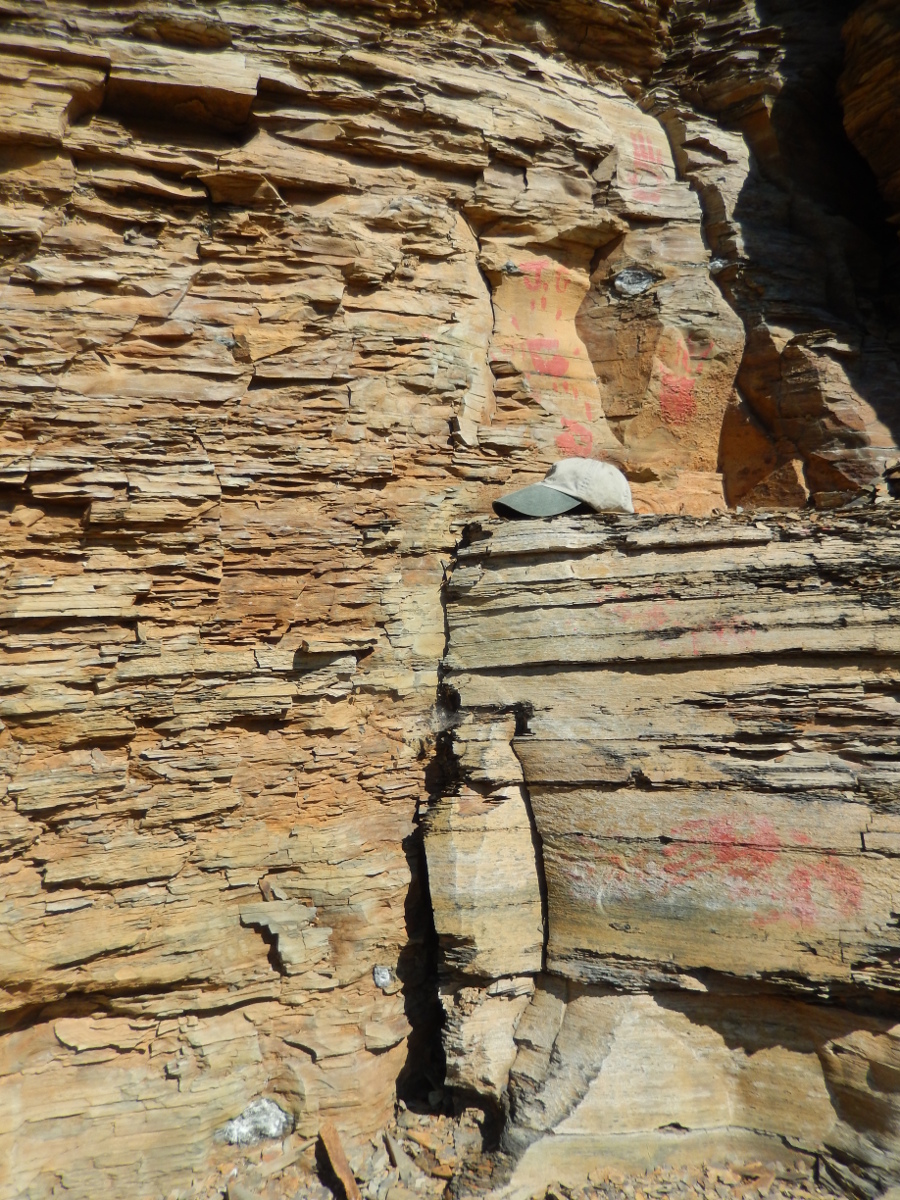 |
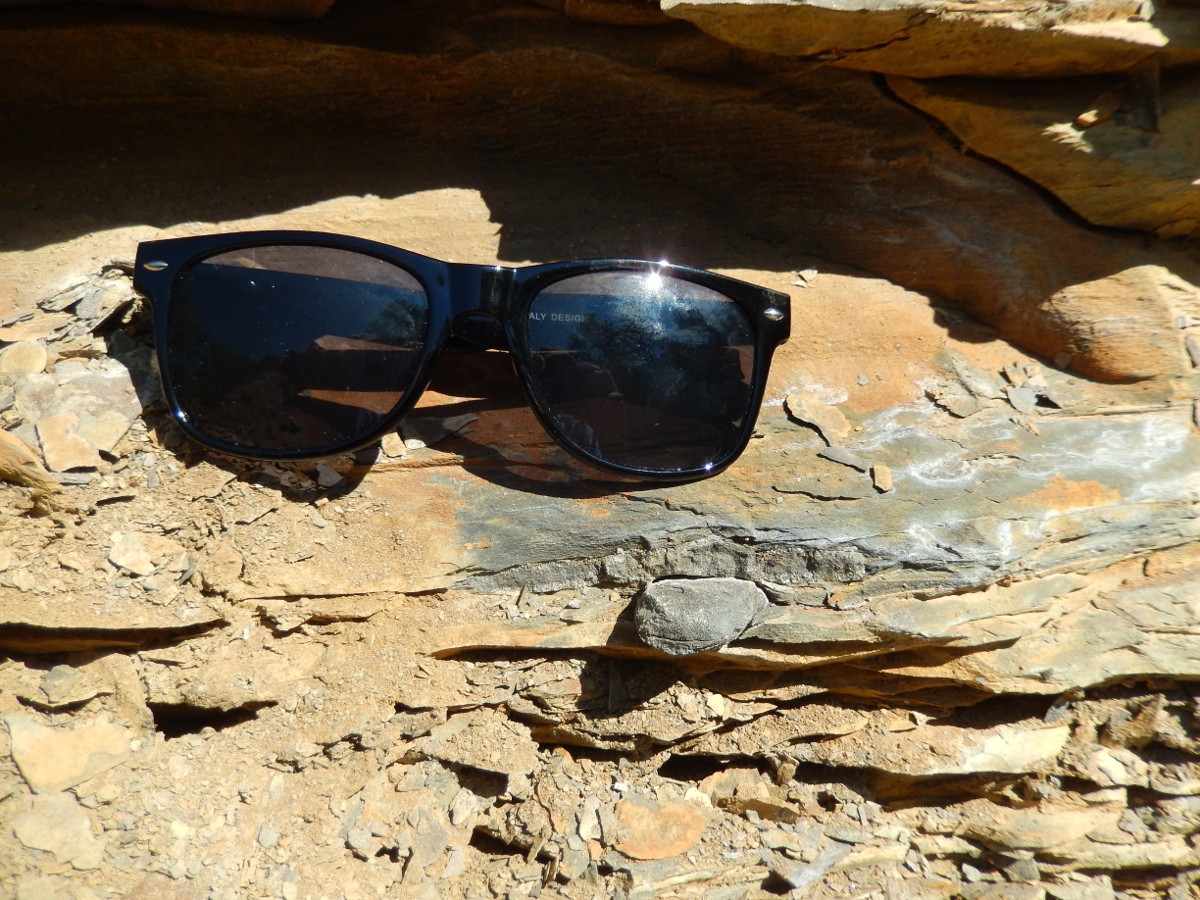 |
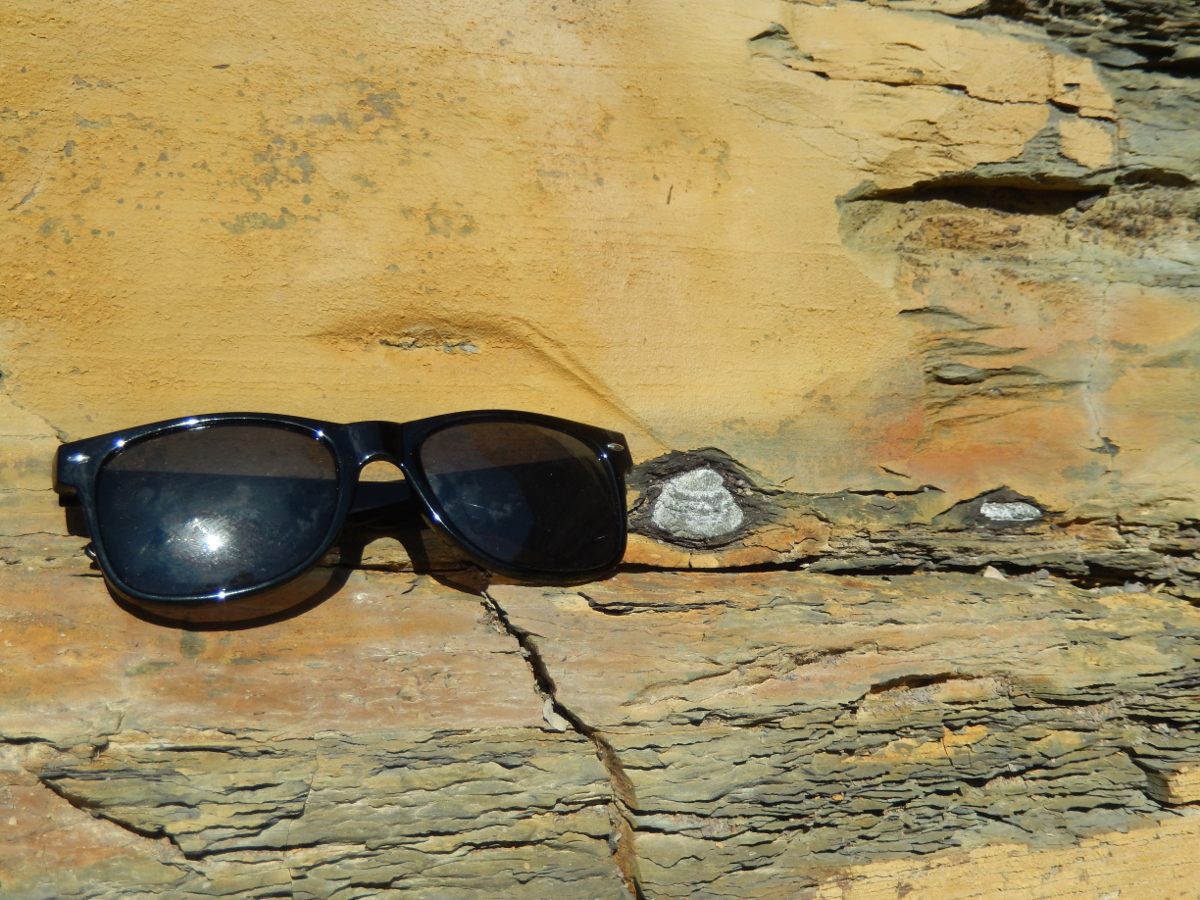 |
 |
 |
 Giant calcareous concretions |
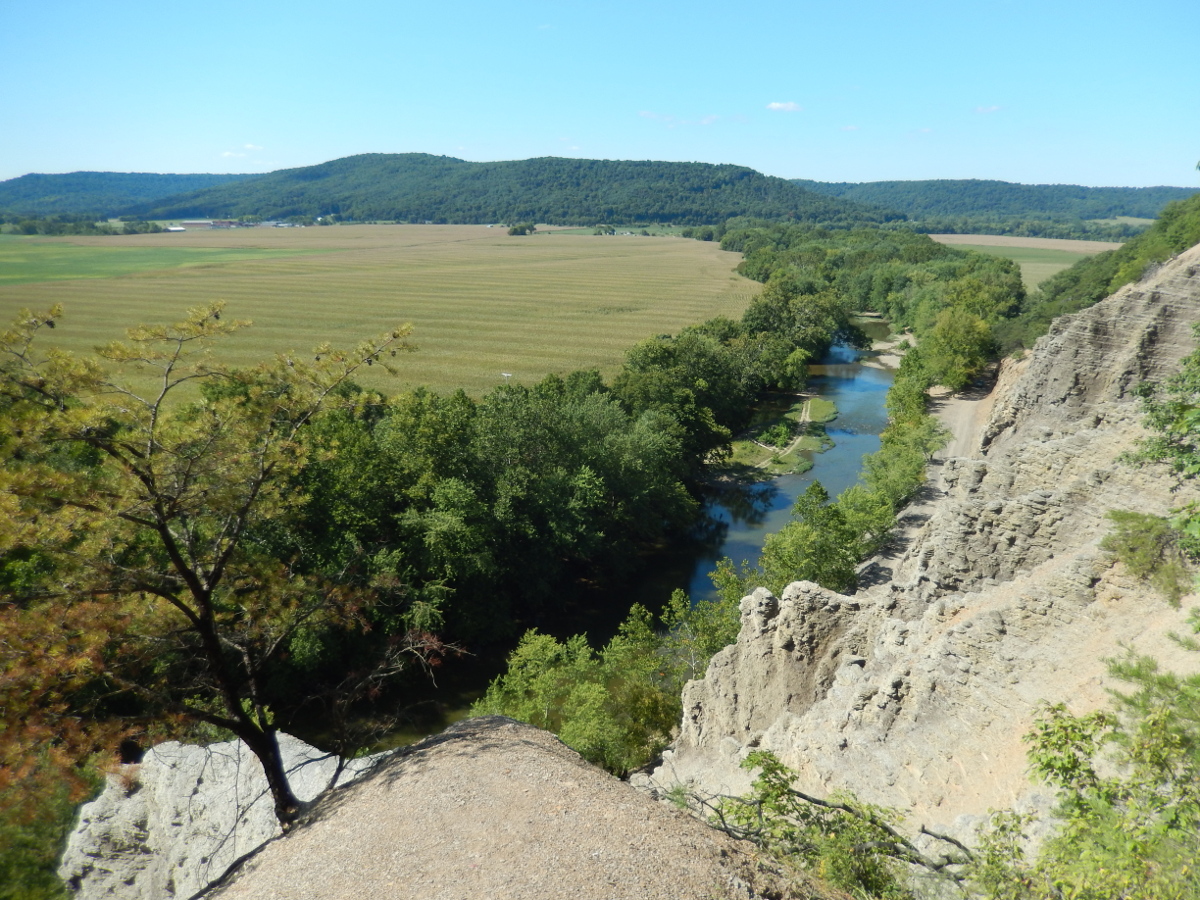 View of the surrounding valley |
 View from a distance |
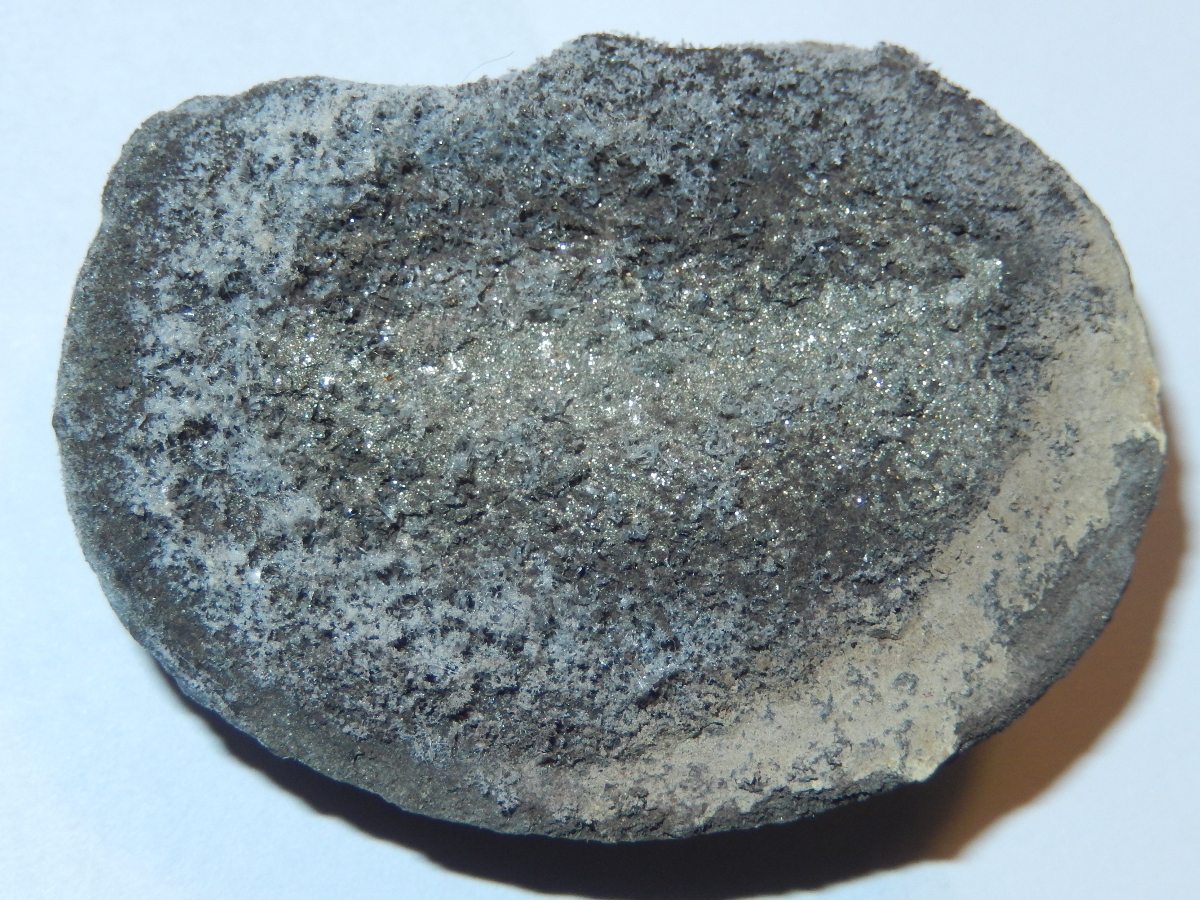 Efflorescence |
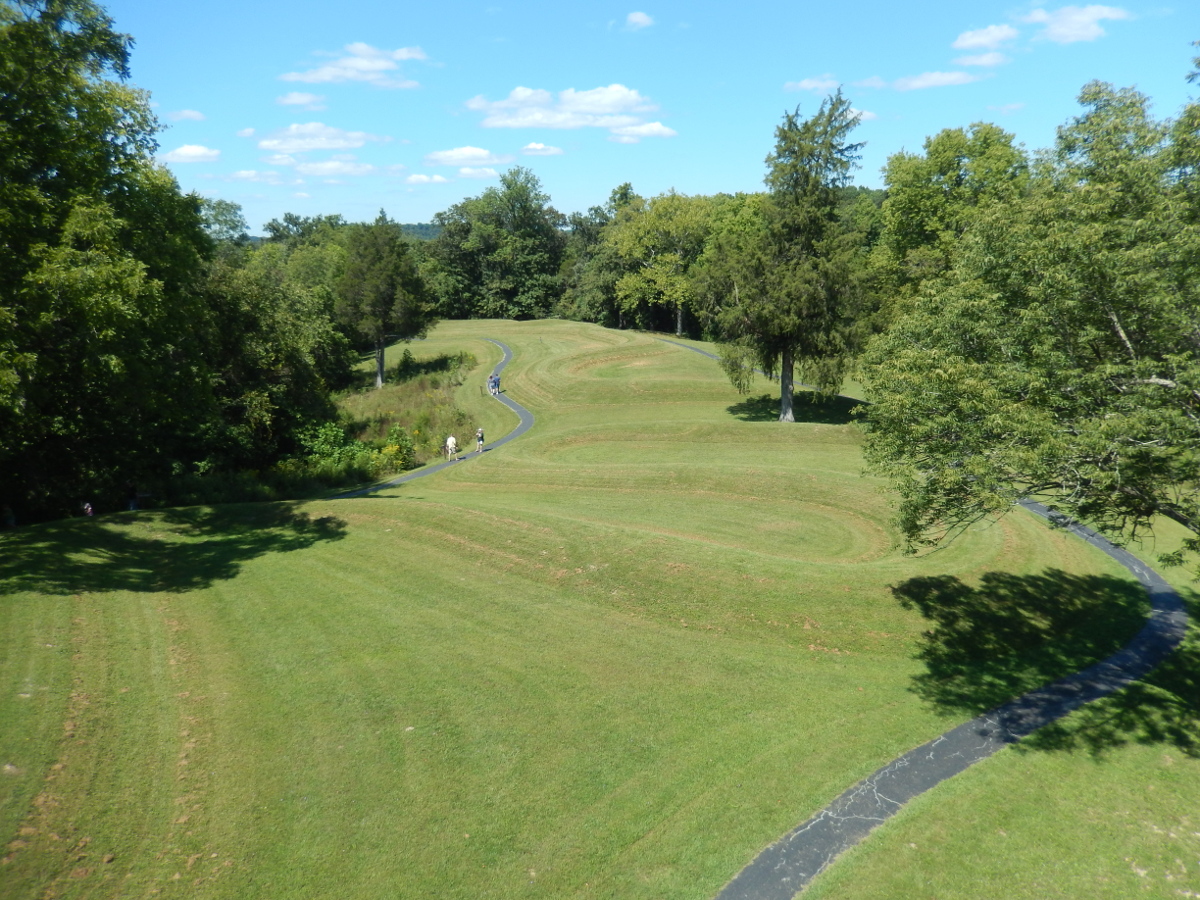 Serpent Mound |
| Site visited on 9/4/2016 | Page created on 10/17/2016 |